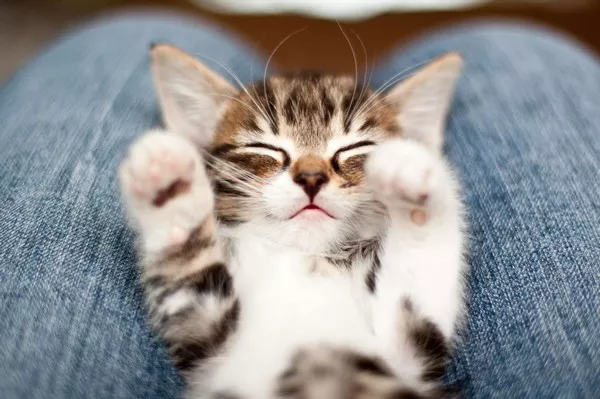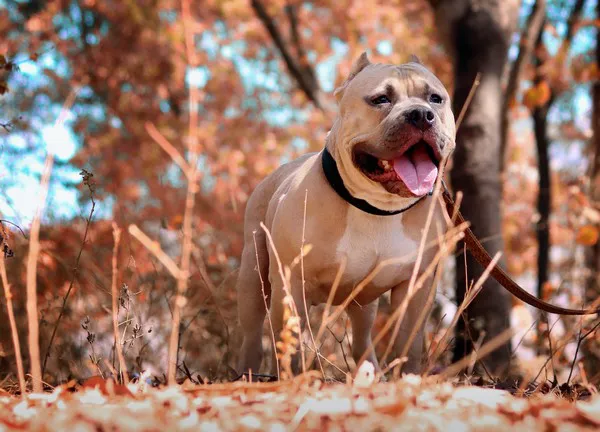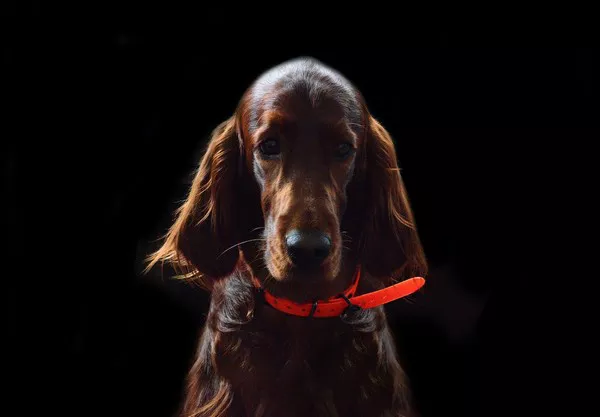The Himalayan cat, also known as the “Himmy,” is a breed that captures the hearts of many with its striking appearance and endearing personality. This guide will delve into the detailed physical description of the Himalayan cat, exploring its coat colors and patterns, facial features, body structure, fur texture and grooming needs, breed history and development, personality and temperament, care requirements, and breed standards. Additionally, the article will suggest the inclusion of a gallery to better visualize this beautiful breed.
Detailed Physical Description
Size and Shape
Himalayan cats are medium to large-sized felines, known for their robust and rounded body structure. They typically weigh between 7 to 12 pounds, with males generally being larger than females. Their bodies are compact and well-muscled, providing a sturdy frame that supports their plush fur. The Himalayan cat’s shape is often described as cobby, meaning they have a broad chest, shoulders, and rump, with a well-balanced, low-to-the-ground posture.
Distinctive Features
One of the most distinctive features of the Himalayan cat is its luxurious coat, which is long and flowing, adding to its overall majestic appearance. The fur is dense and soft to the touch, with a thick undercoat that provides additional volume. Himalayan cats are also known for their color points, which are typically darker colors on the ears, face, paws, and tail, contrasting with their lighter-colored bodies.
Coat Colors and Patterns
Himalayan cats exhibit a variety of color points, reminiscent of their Siamese ancestry. The most common color points include:
Seal Point: This pattern features a cream or fawn body with dark brown, almost black points on the face, ears, paws, and tail.
Blue Point: Himalayans with this pattern have a bluish-white body with dark grey-blue points.
Lilac Point: This delicate pattern shows a white or magnolia body with pinkish-grey points.
Chocolate Point: Characterized by an ivory body with warm, milk-chocolate colored points.
In addition to these basic color points, Himalayan cats may also display other variations such as red (flame) points, cream points, and tortie points. These variations further enhance the breed’s unique and diverse appearance.
Facial Features
The Himalayan cat’s face is one of its most captivating features. They have a distinctive flat, round face with a short nose, similar to the Persian breed. This facial structure gives them a sweet, doll-like expression that many find irresistible. Their eyes are large, round, and typically a deep, vivid blue, standing out strikingly against their coat colors. The ears of a Himalayan cat are small, rounded, and set wide apart, blending seamlessly with the overall roundness of their head.
Body Structure
Rounded and Massive Appearance
Himalayan cats possess a rounded and massive appearance, with every part of their body contributing to this overall look. Their torso is short and stocky, supported by equally short but strong legs. This build gives them a solid, substantial feel when picked up.
Legs and Feet
Despite their short stature, Himalayan cats have powerful legs that provide them with surprising agility. Their legs are thick and sturdy, ending in large, round paws. These feet are well-tufted with fur, further adding to their plush and luxurious appearance.
Fur Texture and Grooming
Long, Shiny Fur
The fur of a Himalayan cat is one of its most stunning features. It is long, silky, and flows elegantly over their body. The fur has a fine texture with a glossy sheen, making them look regal and well-groomed at all times. The undercoat is thick, providing extra volume and warmth.
Grooming Needs
Due to their long fur, Himalayan cats require regular grooming to prevent matting and tangling. Daily brushing is recommended to keep their coat in top condition and to reduce shedding. It is also essential to check for any knots or tangles, particularly in areas like the armpits and behind the ears, where matting is more likely to occur. Regular grooming sessions help maintain their fur’s health and provide an excellent opportunity for bonding between the cat and its owner.
See Also: How Siamese Cats Are Bred and Developed?
Breed History and Development
Origins
The Himalayan cat is a relatively recent breed, developed in the early to mid-20th century. Breeders aimed to combine the stunning color points of the Siamese with the luxurious fur and sturdy build of the Persian. The breed development involved careful cross-breeding between Persians and Siamese cats, resulting in a cat that embodies the best features of both parent breeds.
Development
The first successful Himalayan breedings occurred in the 1930s, but it wasn’t until the 1950s that the breed gained widespread recognition. Breeders focused on achieving the perfect balance of Persian-like body structure and Siamese-like color points. Today, the Himalayan is a well-established breed, known for its distinctive appearance and gentle temperament.
Personality and Temperament
Himalayan cats are known for their affectionate and gentle nature. They are typically calm and enjoy spending time with their human companions. Their temperament is often described as sweet and docile, making them excellent pets for families and individuals alike.
Affectionate and Social
Himalayan cats thrive on human interaction and are known to form strong bonds with their owners. They enjoy being petted and cuddled and often seek out laps to curl up in. While they can be playful, they are generally not as high-energy as some other breeds, preferring a more relaxed lifestyle.
Intelligent and Curious
Despite their laid-back nature, Himalayans are intelligent and curious cats. They enjoy exploring their surroundings and can be quite playful, especially when provided with stimulating toys and activities. They are also known to be good with children and other pets, making them versatile and adaptable companions.
Care Requirements
Dietary Needs
Himalayan cats require a balanced diet that meets their nutritional needs. High-quality commercial cat food, whether dry or wet, is generally recommended. It is essential to provide a diet rich in protein, as well as the necessary vitamins and minerals to maintain their health and energy levels. Owners should monitor their cat’s weight and adjust feeding amounts to prevent obesity, a common issue in this breed due to their relatively sedentary lifestyle.
See Also: Himalayan vs Cornish Rex: What’s the Difference?
Health Considerations
Himalayans are prone to certain health issues, particularly those related to their brachycephalic (flat-faced) structure. Common health problems include respiratory issues, dental problems, and eye conditions such as tear duct overflow. Regular veterinary check-ups are crucial to detect and manage these conditions early.
Exercise Requirements
While Himalayan cats are not as active as some other breeds, they still require regular exercise to maintain their physical health and prevent obesity. Providing them with toys, scratching posts, and opportunities for interactive play can help keep them engaged and physically active.
Breed Standards
Recognition and Standards
Himalayan cats are recognized by major cat fancier associations such as the Cat Fanciers’ Association (CFA) and The International Cat Association (TICA). According to these organizations, the breed standards for Himalayans emphasize their overall balance and proportion. Key points include a broad, round head with large, round eyes, a short nose, and full cheeks. The body should be cobby and well-muscled, with short, sturdy legs and a thick, long coat with clearly defined color points.
Selecting a Himalayan Cat
When considering a Himalayan cat, potential owners should look for a well-balanced animal with the characteristic features outlined in the breed standards. It is also important to choose a reputable breeder who prioritizes the health and well-being of their cats. Ensuring the cat has been well-socialized and is free from genetic health issues is crucial for a long, healthy life.
Conclusion
The Himalayan cat is a breed that combines beauty, elegance, and a sweet disposition. With their luxurious fur, striking blue eyes, and endearing personality, they make wonderful companions for those willing to meet their grooming and care needs. By understanding their physical characteristics, personality traits, and care requirements, potential owners can ensure they provide a loving and suitable home for these magnificent cats. Including a gallery of images can further enhance appreciation for this breed’s unique and captivating appearance, making it easier to visualize their distinctive features and beauty.
Related Topics:






















